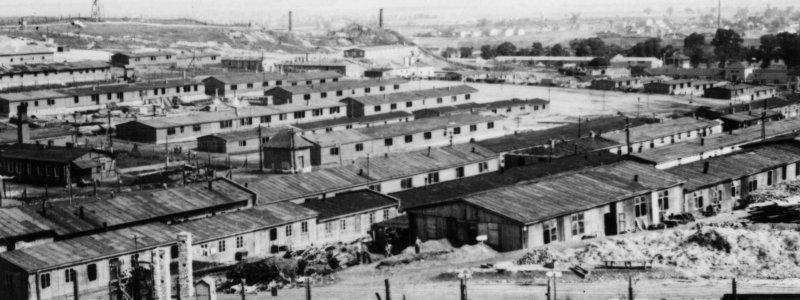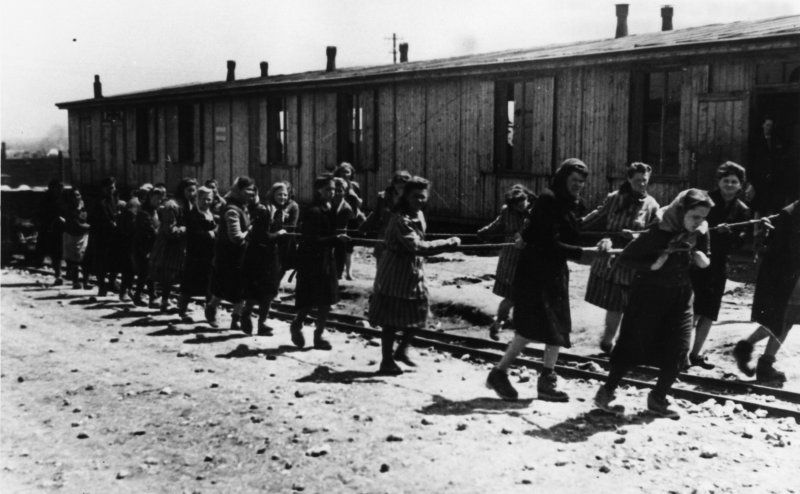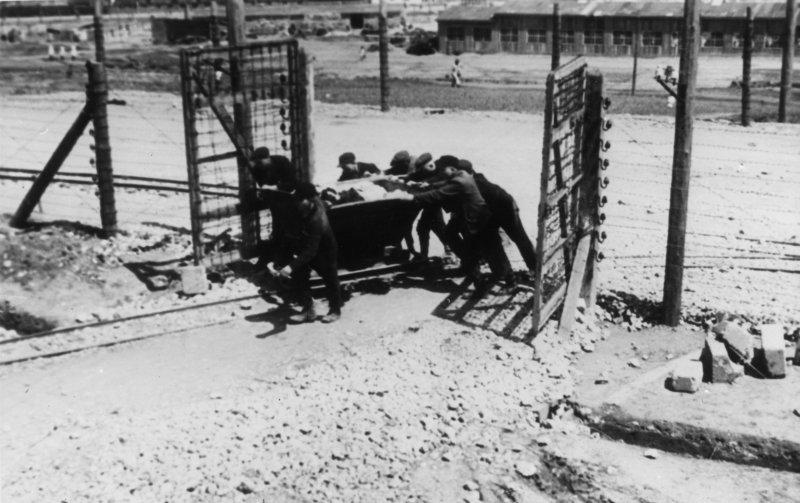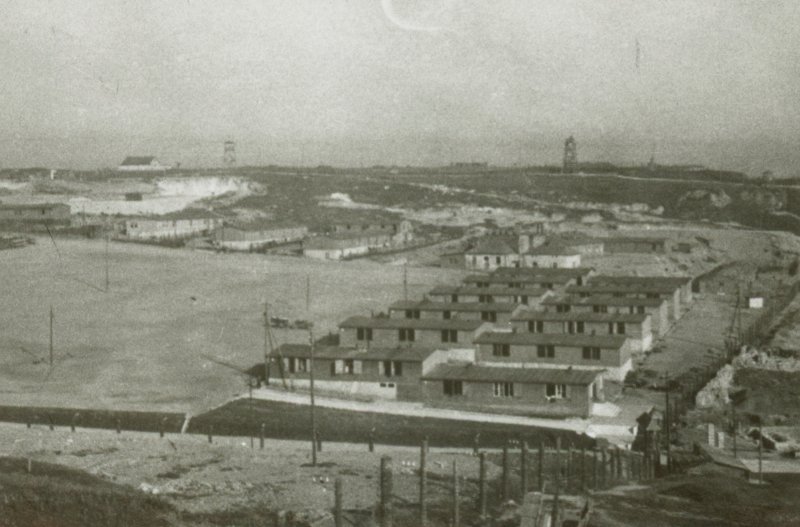History of the camp

The German Nazi camp in Plaszow was established in October 1942, in the area of the Kraków districts known as Podgórze and Wola Duchacka. Work began on the grounds of Jewish cemeteries located in the area. Plaszow was designed as a forced labour camp (Zwangsarbeitslager Plaszow des SS- und Polizeiführers im Distrikt Krakau – ZAL Plaszow) for the Jews from the Kraków Ghetto, which was demolished in March 1943. In 1943–1944 Jews who survived from the ghettos in Bochnia, Tarnów, Wieliczka, Rzeszów, Przemyśl and the camp in Szebnie were also detained here.





